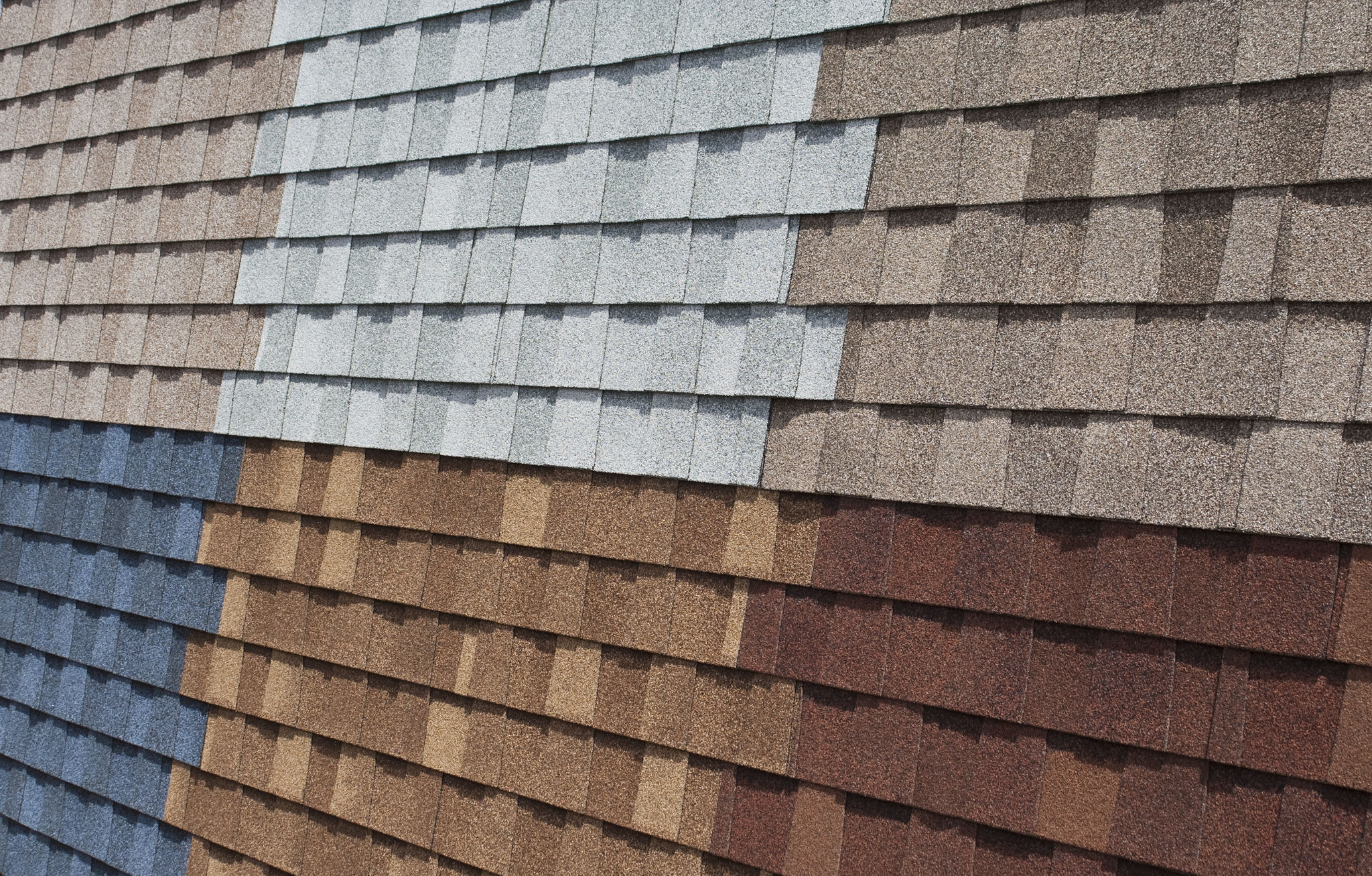Flat Roofing Solutions: Comparing Materials and Their Benefits
Understanding Flat Roofing Solutions
Flat roofing has become a popular choice for many commercial and residential buildings due to its modern aesthetic and space efficiency. Unlike traditional pitched roofs, flat roofs offer a sleek profile and can be used for a variety of purposes, from rooftop gardens to solar panel installations. If you're considering a flat roof for your property, it's essential to understand the different materials available and their unique benefits.

Single-Ply Membranes
One of the most common materials used for flat roofing is single-ply membranes. These are manufactured in factories to ensure quality and consistency. There are several types of single-ply membranes, including EPDM, TPO, and PVC.
- EPDM (Ethylene Propylene Diene Monomer): Known for its durability and resistance to UV radiation, EPDM is a synthetic rubber membrane that is lightweight and easy to install.
- TPO (Thermoplastic Olefin): TPO membranes offer excellent energy efficiency and are resistant to UV rays and chemical exposure. They are also recyclable, making them an eco-friendly option.
- PVC (Polyvinyl Chloride): PVC membranes are highly durable, resistant to chemicals, and offer excellent fire resistance. They are also known for their reflective properties, which help reduce cooling costs.

Modified Bitumen
Modified bitumen roofing is another popular option for flat roofs. It consists of asphalt combined with modifiers to enhance its flexibility and durability. This type of roofing is typically installed in layers, providing additional protection against weather elements.
Some benefits of modified bitumen include its ability to withstand extreme temperatures and its excellent waterproofing capabilities. It is also relatively easy to repair, which can extend the lifespan of the roof.
Built-Up Roofing (BUR)
Built-up roofing, commonly known as BUR, is one of the oldest flat roofing solutions. It involves multiple layers of bitumen and reinforcing fabrics that create a durable and weather-resistant surface. The top layer is typically covered with gravel or a mineral surface to protect against UV rays and physical damage.

The primary advantage of BUR is its excellent insulation properties, which can contribute to energy savings. Additionally, its multi-layer construction provides exceptional protection against leaks and punctures.
Green Roofs
For those looking to incorporate sustainability into their building design, green roofs are an innovative solution. These roofs are covered with vegetation, providing numerous environmental benefits such as improved air quality, reduced urban heat island effect, and natural insulation.
Green roofs also offer aesthetic benefits, transforming flat roofs into beautiful gardens or recreational spaces. However, they require careful planning and maintenance to ensure the structural integrity of the building.

Choosing the Right Material
When selecting a flat roofing material, it's crucial to consider factors such as budget, climate, building usage, and long-term maintenance needs. Each material has its pros and cons, so consulting with a roofing professional can help you make an informed decision tailored to your specific requirements.
Ultimately, the right flat roofing solution will enhance the overall performance and longevity of your building while meeting your aesthetic and functional goals.
